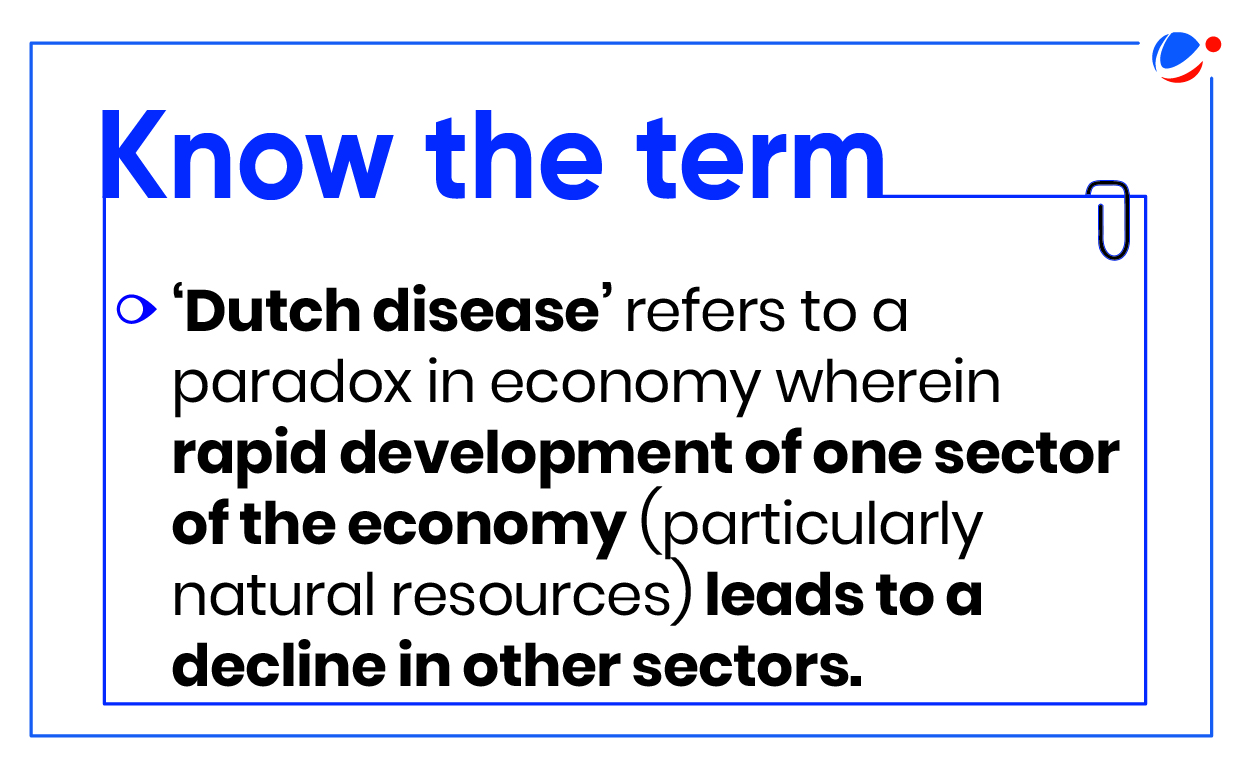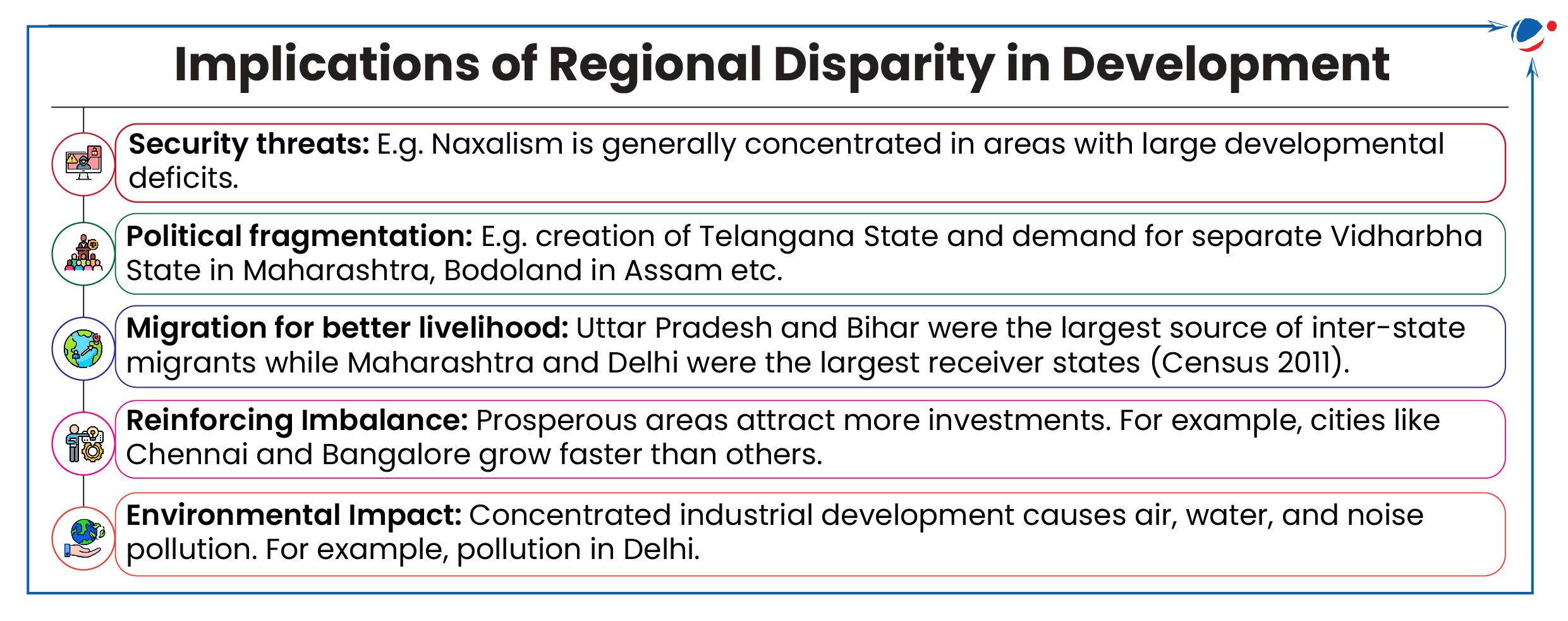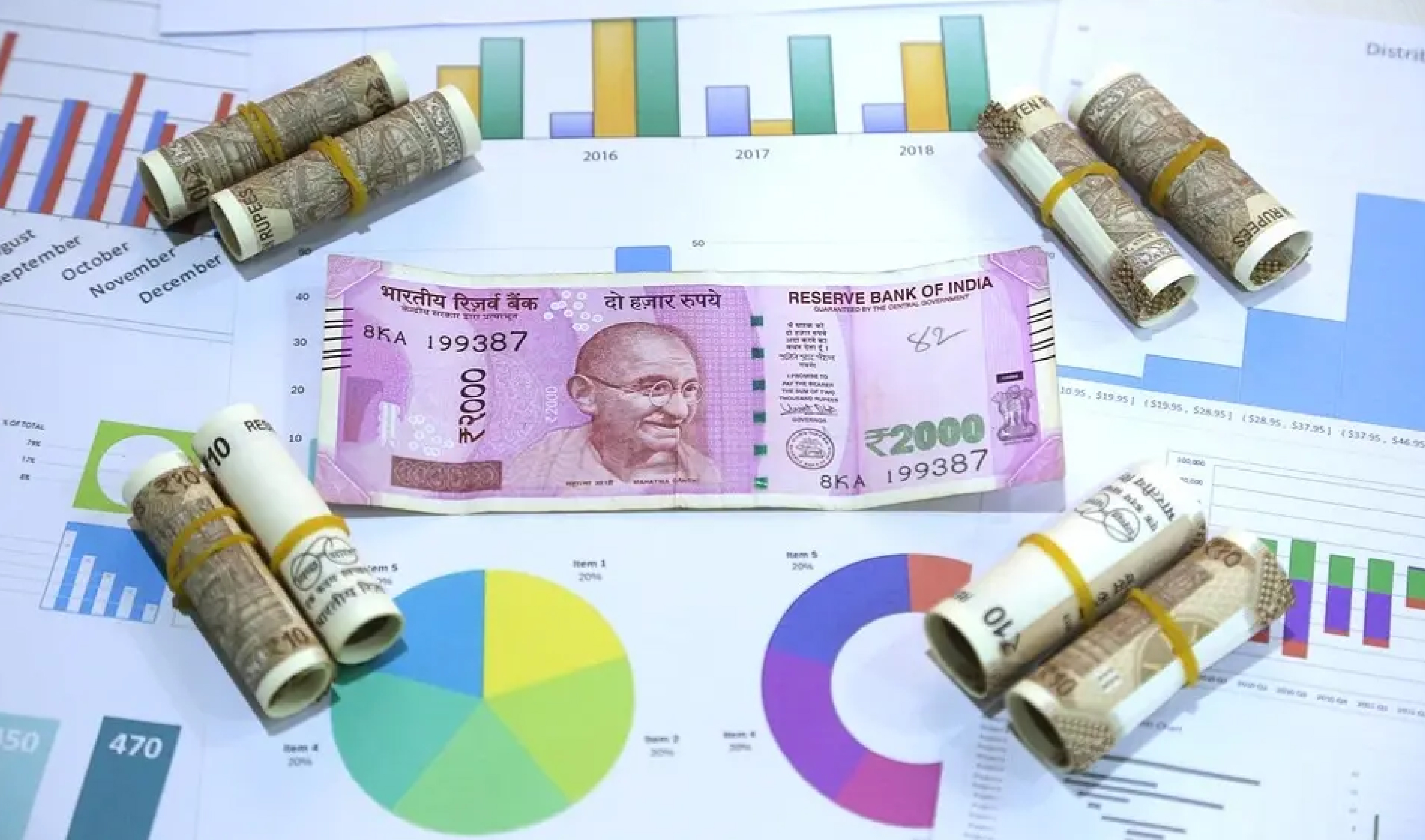Why in the News?
A working paper "Relative Economic Performance of Indian States: 1960-61 to 2023-24" by Economic Advisory Council to the Prime Minister (EAC-PM) highlights the uneven growth across Indian states.
Key trends highlighted in working paper
- Disparity in Relative Per Capita Income
- Western and Southern regions are outperforming: Delhi, Telangana, Karnataka, and Haryana have the highest per capita income.
- Delhi's per capita income is 250.8% of the national average (2.5 times higher).
- Decline of West Bengal: Once 27% above the national average (3rd highest in 1960-61), West Bengal now stands at 83.7% of the national average.
- Improvement in Odisha: Odisha has improved its relative per capita income from 55.8% (2000-01) to 88.5% in 2023-24 of the national average.
- Western and Southern regions are outperforming: Delhi, Telangana, Karnataka, and Haryana have the highest per capita income.
- Dominance of Southern States in GDP Contribution: Karnataka, Andhra Pradesh, Telangana, Kerala, and Tamil Nadu contributed over 30% of India's GDP in 2023-24.
- West Bengal's share has dropped from 10.5% (3rd largest) in 1960-61 to just 5.6% in 2023-24.
- Better Performance of Maritime States Overall, maritime states have clearly outperformed the other states, with the exception of West Bengal.

- Diverging Paths of Punjab and Haryana: Punjab's per capita income (PCI) fell from 119.6% in 1960-61 to 106.7% in 2023-24. Whereas Haryana's relative PCI has risen from 106.9% (1960-61) to 176.8% (2023-24).
- This divergence raises a question whether Punjab's focus on agriculture contributed to a form of 'Dutch disease,' hindering its transition to industrialization.
- Eastern states remain a concern: Over several decades, West Bengal's relative economic performance has weakened. While Bihar's relative position has stabilized in the last two decades, it still lags significantly behind other states.
Factors responsible for regional disparity
- Historical: British policies favoured resource-rich areas (like Kolkata, Mumbai and Chennai), creating economic disparities and regional imbalances that persist in India today.
- Historically, developed states have efficient governance systems, which cannot be easily transferred across regions.
- Geographical: Difficult terrain (e.g., North-Eastern states) raises administration and project costs. Adverse climates, like frequent floods in Bihar and Assam slows down development
- Economic:
- Dominance of primary economic activities: States with more people in manufacturing and services sectors have higher income compared to those dependent on agriculture.
- E.g. States such as Maharashtra and Gujarat have higher per capita income as compared to Bihar and Uttar Pradesh.
- Infrastructure Deficit: Poor transportation, banking services etc. limits growth in underdeveloped regions.
- Dominance of primary economic activities: States with more people in manufacturing and services sectors have higher income compared to those dependent on agriculture.
- Governance
- Political Instability: Unstable governments and law and order issues discourage investment and lead to capital flight.
- Failure of Planning Mechanisms: Industries prefer locations with established resources such as consistent power and water supply, road and railway infrastructure and skilled labour.

Initiatives to eliminate regional disparity in growth
|
Way Ahead to Reduce Regional Disparity in Growth
- Tailored Approaches: E.g. Increased focus on programs such as Hilly Area Development and Drought Prone Area Development with target specific regional needs instead of a one-size-fits-all approach.
- Performance-Based Funding: Funding should be tied to meeting development standards, focusing on priority areas based on need and industrial backwardness.
- Strengthening of Good Governance in backward states: Effective administration helps states raise revenues, attract investment, and improve resource use, especially in backward regions.
- Balanced Infrastructure Development: Improving infrastructure (power, transport, telecom, irrigation) in underdeveloped states is key to boosting investment and quality of life.
- Sectoral Investment
- Investment in agriculture needs to be stepped up especially in the lagging regions with a focus on backward and forward linkages.
- Service sector has been found to be the new driver of the growth process. Thus there is a need to promote banking and insurance sector, infrastructure to accelerate growth on priority, in backward regions.
Conclusion
For achieving balanced regional development, focus should be on creating an environment that fosters innovation, attracts investment, and ensures efficient utilization of resources. Strengthening governance, improving infrastructure, and promoting healthy competition between states through cooperative and competitive federalism are essential steps.





